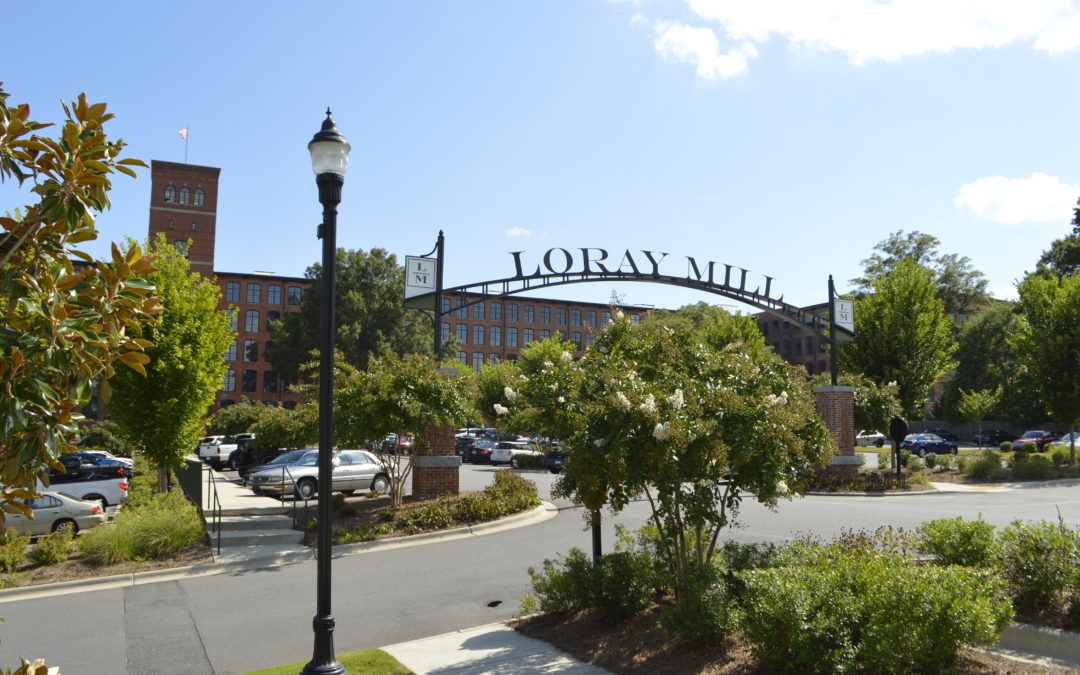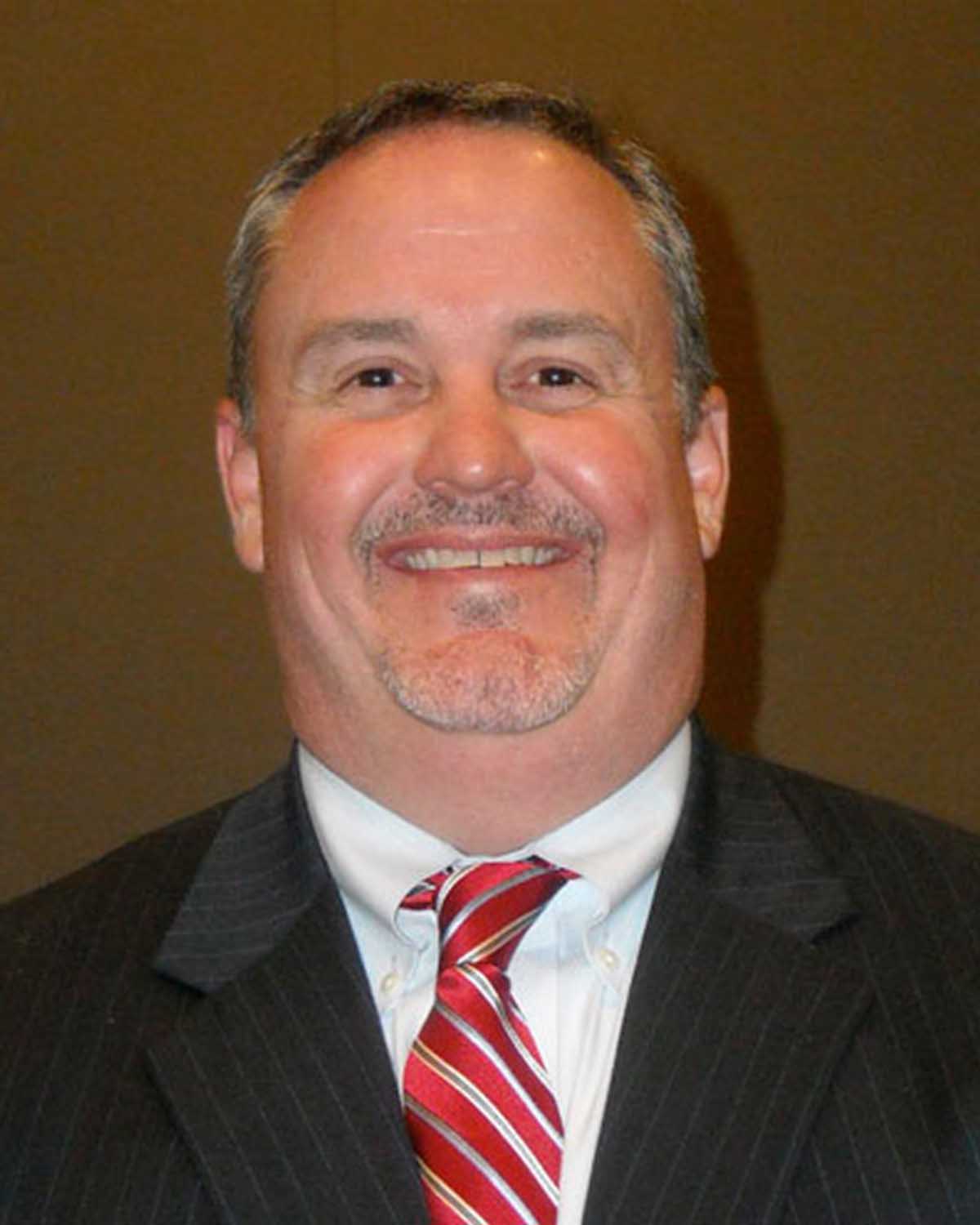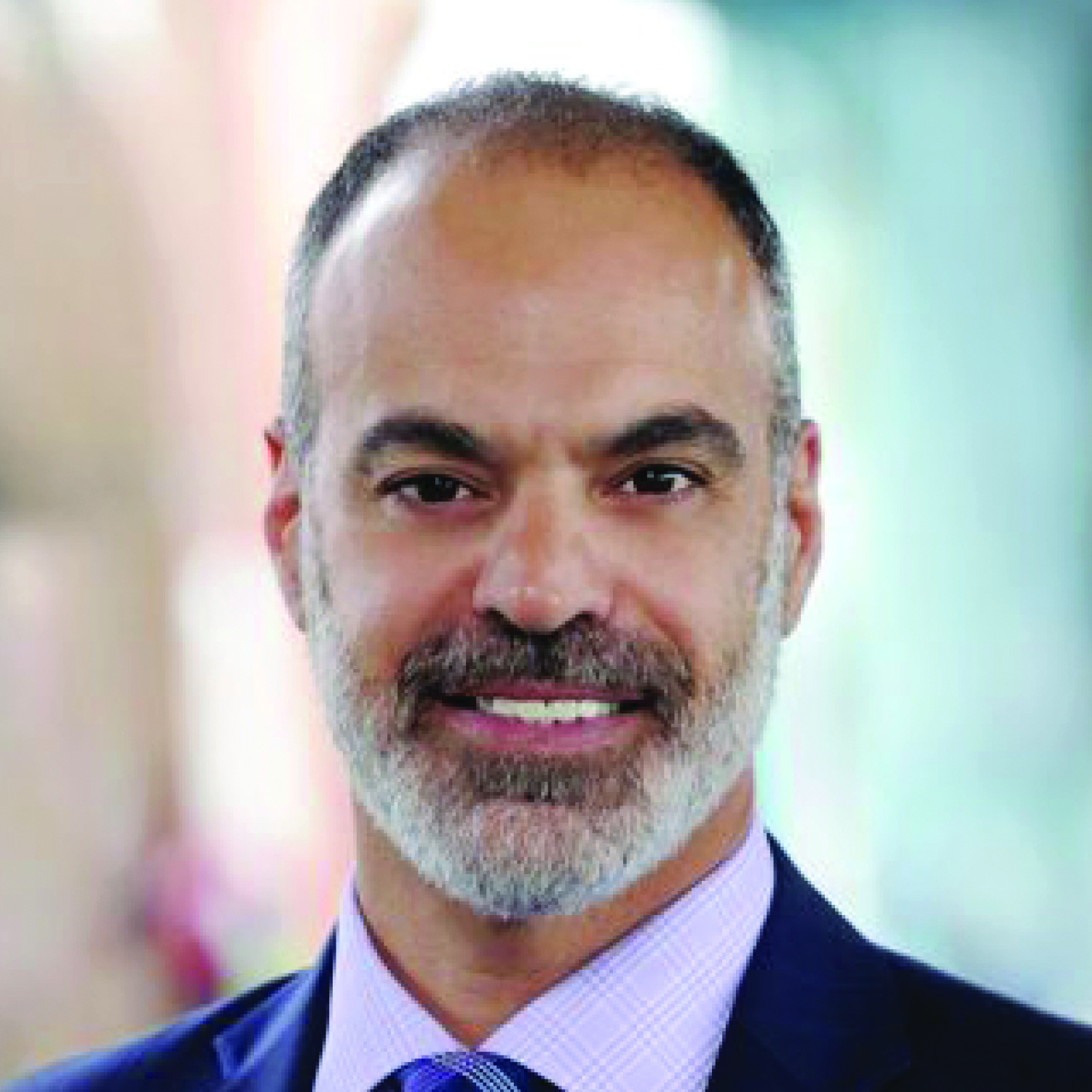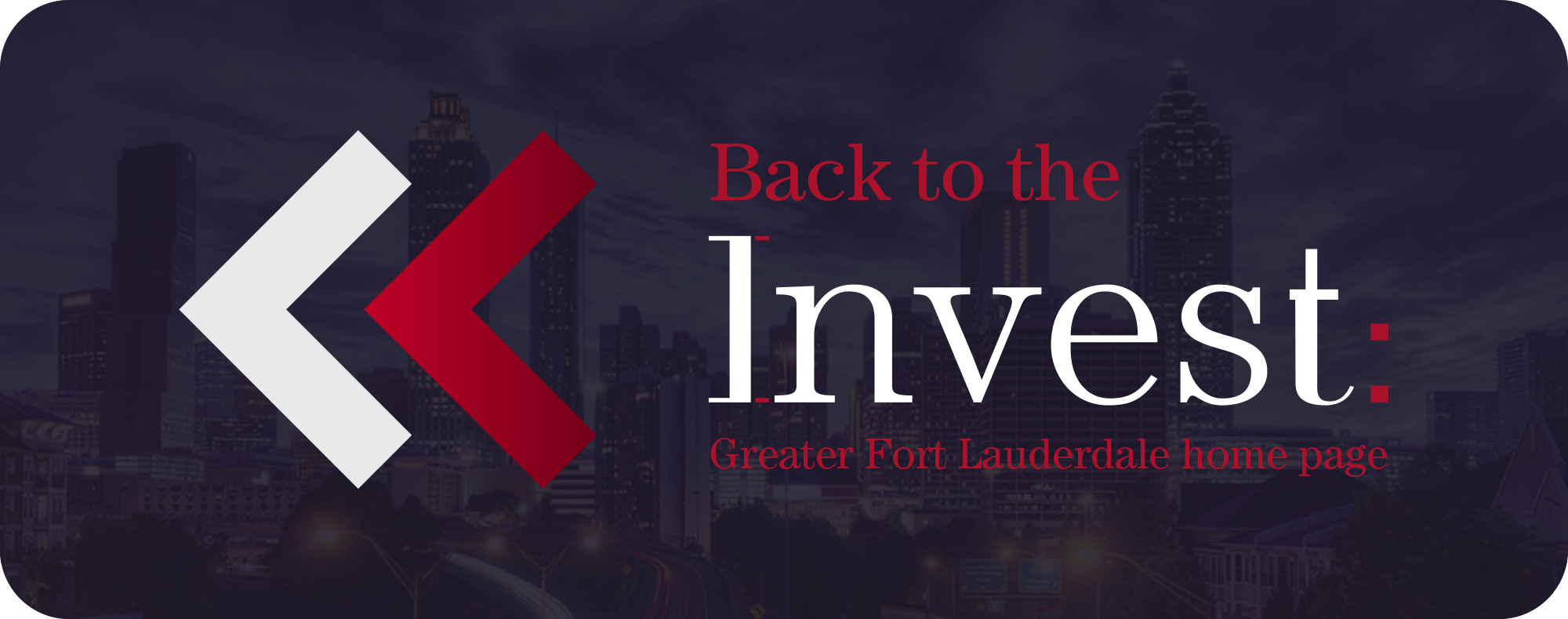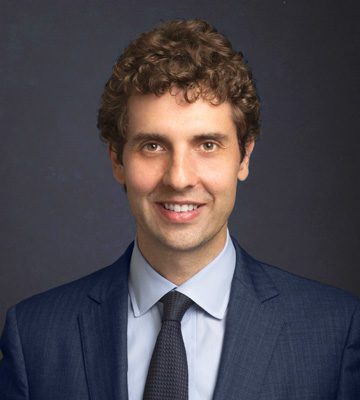
Spotlight On: Gray Shell, Division President, TRI Pointe Homes
By: Felipe Rivas

2 min read January 2020 — Creative product design and an increase in density are part of achieving a higher relative affordability for housing developer TRI Pointe Homes, according to Division President Gray Shell. The company also takes pride in achieving good, lasting business relationships with partners and providers to keep prices fair in an increasingly tight market, he said in an interview with Invest: Charlotte.
How have you been able to secure land in the tight North Carolina market?
It really starts with people, with hiring the right land acquisition team to identify and underwrite the deals. Company strategy follows. TRI Pointe is a $3 billion public company. We build in seven states, but really, real estate is a local business. We have this concept called the best of big and small, meaning, we are a big, public company, we have access to the public debt markets, we have nearly a billion in liquidity to invest, but we really see the land strategy, the product design, the consumer segmentation as a local business. We have the flexibility to be creative and current with our product design and to be design-forward. That really resonates well with land sellers, developers and municipalities when we talk about our creativity on the product side. That is probably the largest single factor in our success in addition to people. Then, there is the process. You have to have the right process of identifying, underwriting and contracting land.
How is creativity applied to property development?
We start with a property, for example something near Uptown Charlotte. Here, it is about small acreage and a lot of density, and we want to create good relative affordability. So, we know what the property is, but we need to design the site plan and the product to maximize the use of that land.
We go through a product design process in which we identify the consumer. For example, are they millennials and if so, are they married or single, what is the household income? We’ll go through a three- day design process considering the customer’s wants and needs and, from scratch, draw a series of plans. By the end of those three days, we’ll have a good set of working drawings, with exterior elevations and renderings so we really understand the product. Most national builders would do that in nine months; we do it in a week.
What has been the impact of the millennial generation on the local market?
They do represent the single largest consumer group from a home buying perspective. But even if some people see millennials as one large group, there are really four or five different subsets, related to age, stage of life and income. The one thing all of them do want is relative affordability. It depends on whether they want an in-town, four-story product or a more suburban, traditional, residential two-story product, but you really have to decide what subsegment of that generation you are targeting.
The sort of amenities that we add to these developments has changed dramatically over the last five to 10 years. A lot of residential projects that were built 10 years ago had a big swimming pool, a large clubhouse, a golf course, but that has really transitioned and I can tell you, the No. 1 amenity today is walkability. Whether a community has a trail system, walkability to retail, entertainment and restaurants, that is the No. 1 amenity. When we get to suburban communities, there is still that want and need for younger families to have a swimming pool, but the scale is usually smaller.
How are you navigating the increase in construction costs in the area as you develop these communities?
It really starts with relationships. We partner with trade partners on the product design, on the value engineering, and they want to grow their business with ours. With that relationship, you might not get the best price, but you get a fair price and you get more advance notice of cost increases because you are partnering on it. It is also a tight labor market, the labor pool is short, but when you build a business relationship where they’d rather work for you, that is how you get the labor, and again, a fair price.
What other challenges for developers are arising in the Charlotte market?
Land availability has always been an issue. There is also the complexity regarding zoning, entitlements, and permit fees that continue to escalate so the cost of development becomes more expensive and affects affordability from a consumer standpoint. Those are the biggest problems. Every municipality is a little bit different and we have a dozen in the Charlotte market, so you have to really understand the municipality and partner with it to get the best result.
How can developers and local governments help to cover the affordable housing gap in the market?
I think that it requires flexibility from a product design standpoint, and creating good relative affordability. You get there by creating smaller, denser products, but it pushes yields up too. Some municipalities don’t like density, but I think getting more creative with density is the best approach over the next three to five years.
To learn more about our interviewee, visit: https://www.tripointehomes.com/
We’re making our mark on the industry by offering a strong benefits programs and great opportunities to build careers, a total rewards program to attract and retain the best talent: the unusual combination of offering both industry-leading 401(k) matches and a pension plan to most teammates; industry-leading time off programs to ensure maximum flexibility in planning life events; and financial wellness programs.
There is also a place for those interested in computer science and engineering. We are creating an Innovation and Technology Center in Charlotte that will be dedicated to the ongoing enrichment of client experiences. The Innovation and Technology Center will focus on optimizing technology to serve our clients at every interaction, whether it takes place in a branch, over the phone or through a digital channel. The Technology and Innovation Center will also focus on equipping teammates with solutions to deliver personal touch and care to clients. We see this combination of technology and personalization as vital to ensuring clients’ trust and confidence in the security, simplicity and convenience of our services.
To learn more about our interviewee, visit :https://www.truist.com/


